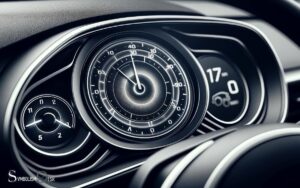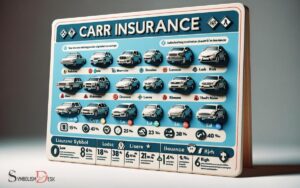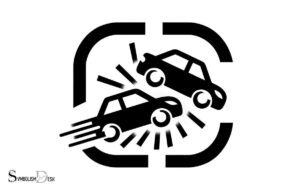Fog Light Symbol in Car: Beam!
The fog light symbol in a car, typically represented by an icon with slanted lines and a light bulb or beam, notifies the driver that the vehicle’s fog lights are activated.
Fog lights are designed to improve road visibility in poor weather conditions such as fog, mist, or heavy rain. Knowing when to use these lights is essential for safe driving.
Fog lights are additional lights found on a vehicle, distinct from the regular headlights. They are usually mounted lower on the vehicle to cut through fog and illuminate the road directly in front of the vehicle.
There are two types of fog lights:
Using fog lights correctly can be summarized as follows:
Understanding your car’s fog light symbol enhances safety during low-visibility conditions, ensuring safer journeys. Understanding your car’s fog light symbol enhances safety during low-visibility conditions, ensuring safer journeys. Similarly, becoming familiar with the parking light symbol explanation is equally important, as parking lights play a vital role in ensuring your vehicle remains visible to others when stationary. Both symbols are designed to improve awareness on the road, giving you greater control and helping prevent unnecessary accidents.
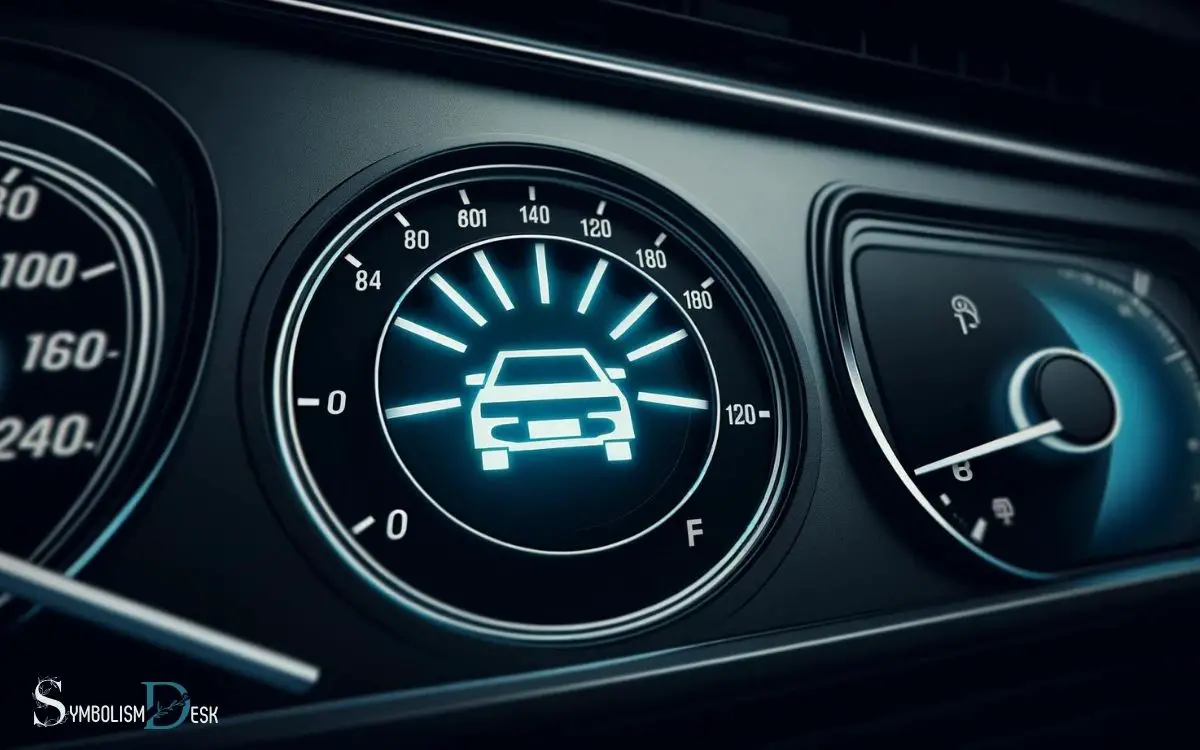
Key Takeaway
Understanding the Car Fog Light Dashboard Symbol and Usage
| Fog Light Type | Dashboard Symbol Color | Symbol Shape | Purpose of Use | Legal Requirements |
|---|---|---|---|---|
| Front Fog Lights | Green or Amber | Light beam with slanted lines | Improve visibility in fog | Varies by region |
| Rear Fog Lights | Orange or Red | Horizontal bar with triangular beam | Alert drivers from behind | Varies by region |
Understanding the Fog Light Symbol
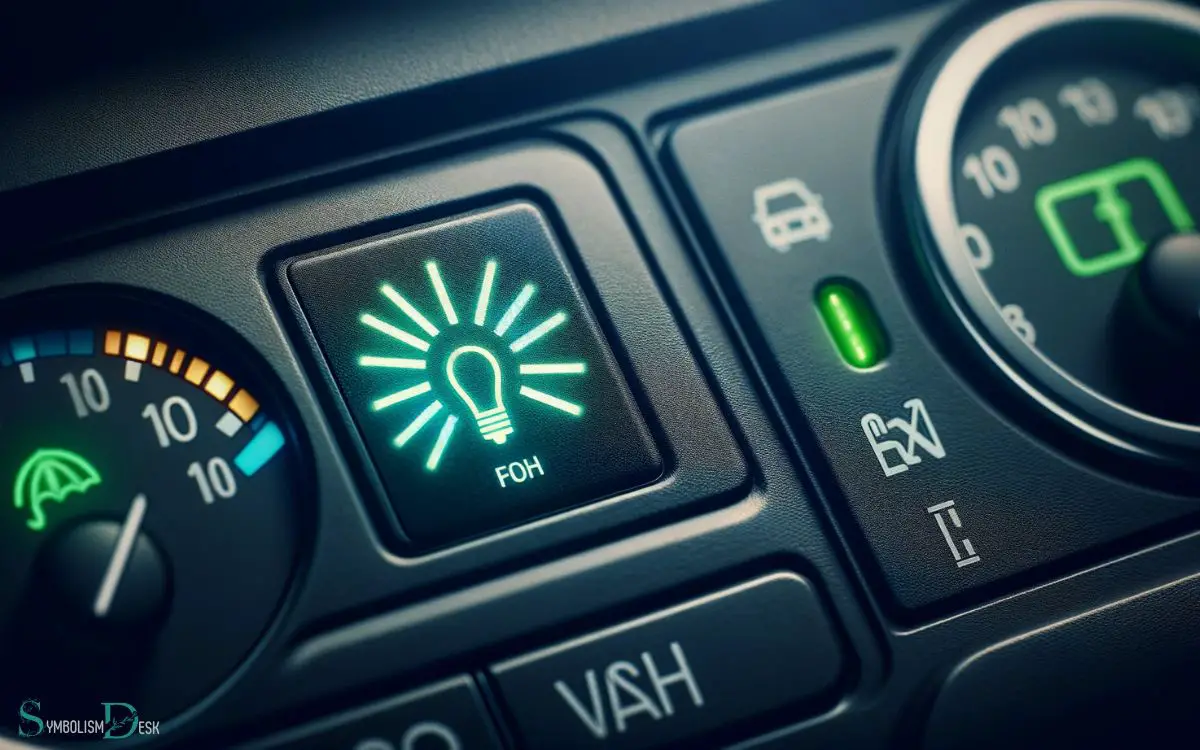
The fog light symbol indicates the presence of fog lights on the vehicle. It is usually located on the dashboard or the control panel.
When this symbol is illuminated, it means that the fog lights are switched on and are assisting in improving visibility in foggy conditions.
Typically, the fog light symbol looks like a small lamp with wavy lines in front of it, representing fog.
Understanding this symbol is crucial for drivers, as it reminds them to use the fog lights when necessary, such as in fog, heavy rain, or snow. Additionally, it alerts other drivers of the vehicle’s presence in low-visibility conditions.
Importance of Fog Lights
Fog lights are an essential safety feature in vehicles, especially in low-visibility conditions such as fog, rain, or snow.
These lights help drivers to see and be seen by other motorists, reducing the risk of accidents. By providing enhanced visibility in adverse weather conditions, fog lights contribute significantly to overall road safety.
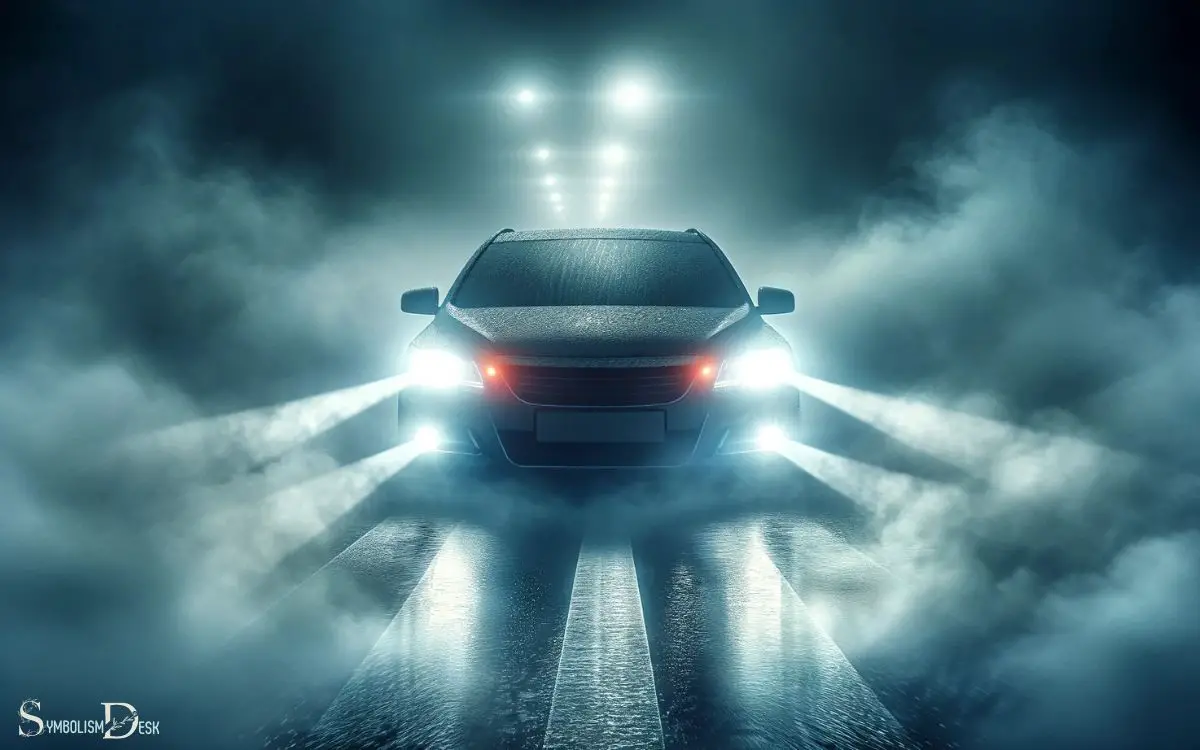
Enhanced Visibility in Fog
When driving in foggy conditions, one needs enhanced visibility to ensure safe navigation, making fog lights a crucial feature for vehicles.
Fog lights are designed to emit a wide, flat beam of light that is positioned low on the vehicle, cutting through the fog to provide better illumination of the road ahead.
The importance of fog lights lies in their ability to enhance visibility for both the driver and other vehicles, reducing the risk of accidents in low-visibility situations.
They work in conjunction with the low beams to improve the driver’s ability to see the edges of the road and any potential obstacles.
Additionally, the sharp cutoff of fog lights prevents the light from reflecting off the fog and creating glare, further aiding visibility.
Improved Safety During Inclement
One needs to understand the importance of fog lights for improved safety during inclement weather conditions.
Fog lights are designed to enhance visibility in adverse weather such as fog, heavy rain, snow, or dust.
During such conditions, regular headlights can reflect off the moisture particles in the air, creating glare and reducing visibility.
However, fog lights are positioned low on the front of the vehicle and emit a wide, flat beam that is less likely to bounce back and cause glare.
This helps drivers see the road more clearly and allows other motorists to see the vehicle from a greater distance.
Fog lights significantly reduce the risk of accidents by providing better illumination during challenging weather. Understanding when to use fog lights is crucial for maximizing their safety benefits.
When to Use Fog Lights
The use of fog lights in a car is recommended when visibility is significantly reduced due to fog, mist, or heavy rain.
Fog lights should be used selectively and turned off when visibility improves to avoid dazzling other drivers. It’s important to remember that fog lights are designed for specific weather conditions and should not be used in clear conditions.
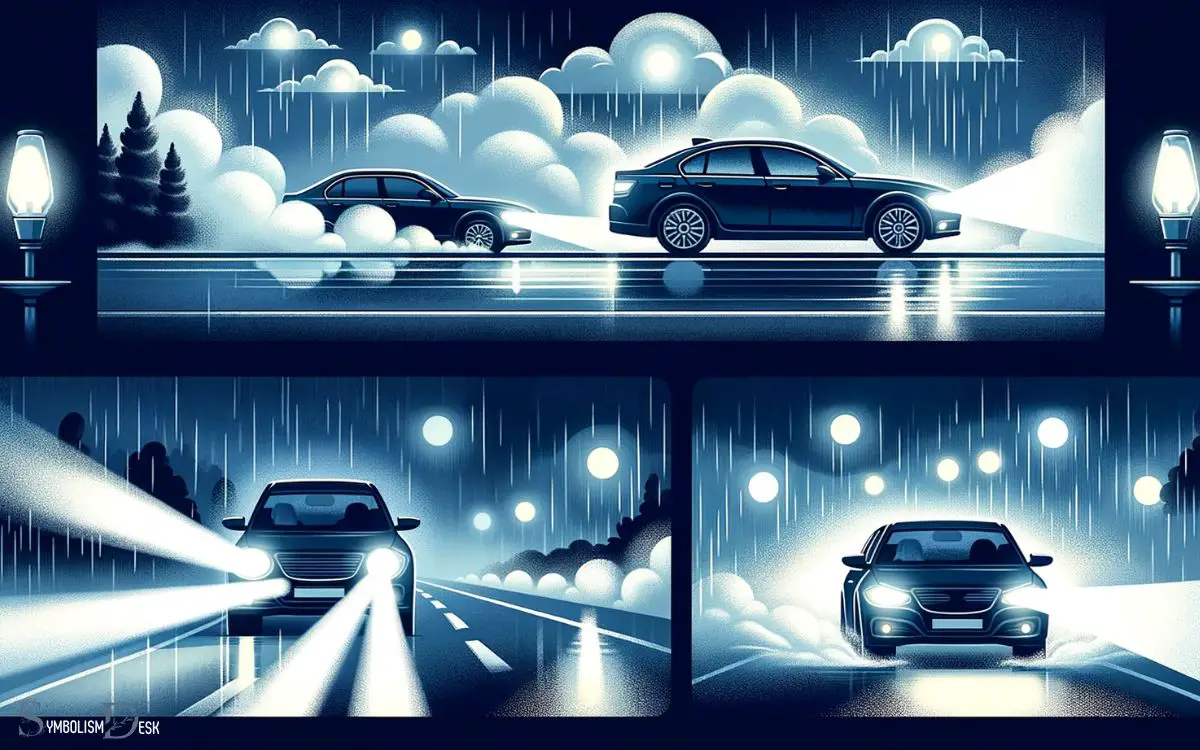
Here are some instances when it’s appropriate to use fog lights:
- When driving through thick fog that reduces visibility to less than 100 meters.
- When encountering heavy mist that obscures the road ahead.
- During periods of heavy rain where the combination of water and mist creates poor visibility.
- In snowy conditions where the snowfall significantly reduces visibility on the road.
Activating Fog Lights
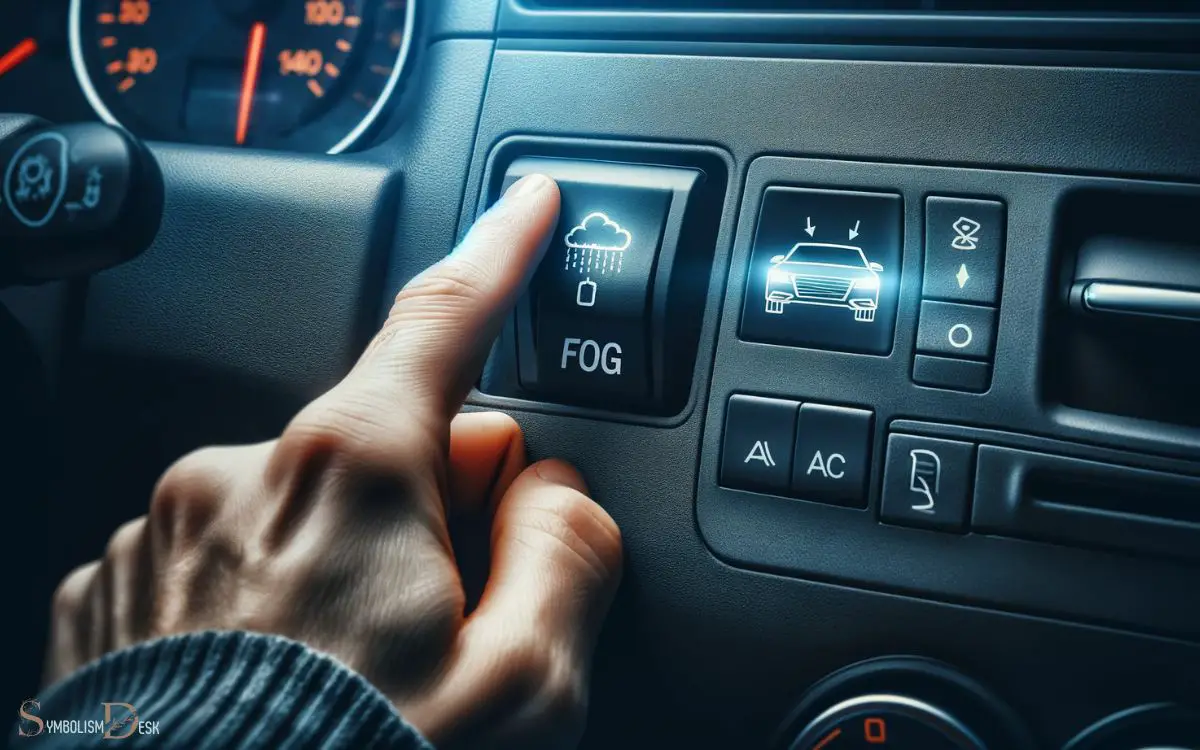
Activating the fog lights is as simple as turning the switch located on the dashboard to the ‘on’ position.
Typically, the fog light switch is located near the headlight controls. Once the switch is turned on, a dashboard indicator light will illuminate, signaling that the fog lights are active. It’s important to ensure that the headlights are also turned on when using the fog lights for optimal visibility.
Additionally, some vehicles are equipped with fog lights that automatically turn off when the high beams are activated.
When switching off the fog lights, it’s essential to return the switch to the ‘off’ position to conserve battery power.
Understanding the proper activation and deactivation of fog lights enhances driving safety in foggy or low visibility conditions.
Fog Light Symbol Variations
A common fog light symbol variation on car dashboards is a small icon depicting a front-facing light beam with wavy lines extending downward.
This symbol may vary slightly among different car manufacturers, but the basic concept remains consistent.
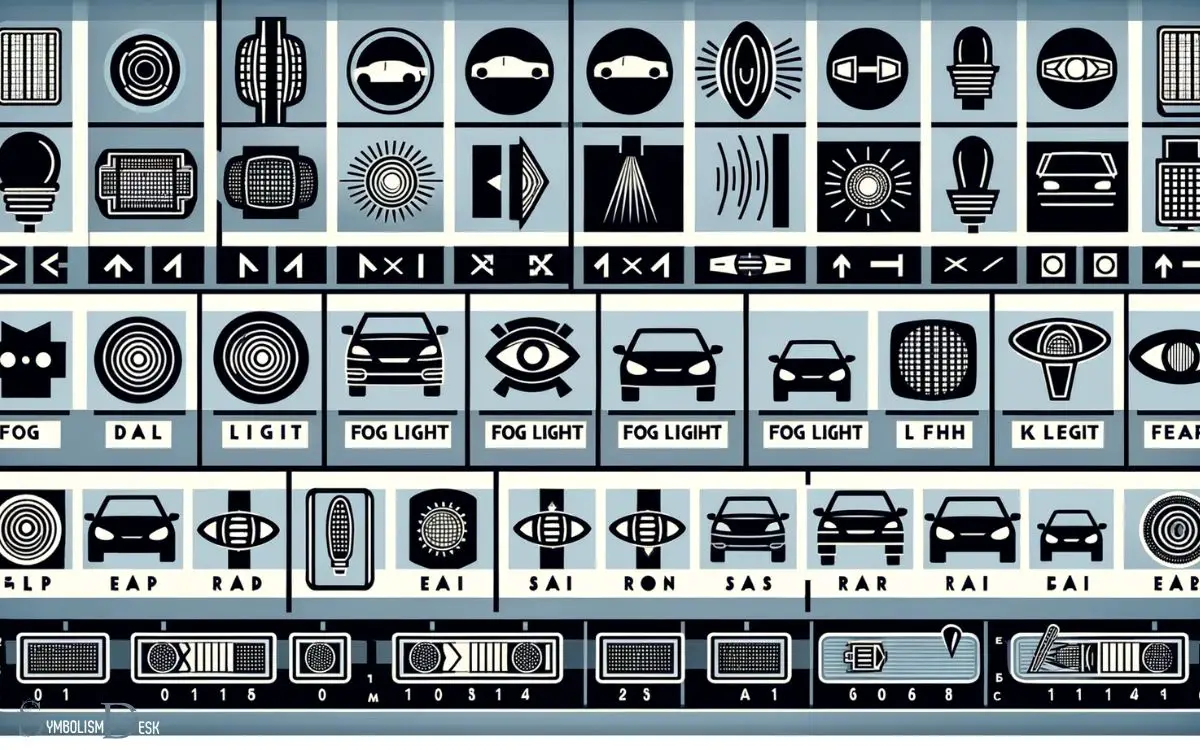
Variations of the fog light symbol include:
- A light beam with three wavy lines below it
- A light beam with one or two wavy lines below it
- A light beam with a curved arrow pointing downward
- A light beam with a horizontal line and wavy lines below it
These variations are designed to convey the idea of a front-facing light cutting through fog or other low-visibility conditions. Understanding these symbols can help drivers quickly identify and activate their fog lights when needed.
Common Mistakes With Fog Lights
Many drivers make common mistakes with their fog lights, such as using them improperly at night, confusing them with high beams, and neglecting to turn them off when no longer needed.
These errors can lead to reduced visibility for the driver and can also be a source of annoyance for other drivers on the road.
Understanding the correct usage of fog lights is essential for safe and considerate driving in various weather conditions.

Improper Use at Night
Drivers often misuse fog lights at night, leading to reduced visibility for themselves and other road users.
Common mistakes with fog lights at night include:
- Using fog lights in clear conditions: This can blind oncoming drivers and reduce the driver’s own visibility.
- Forgetting to use regular headlights: Fog lights alone are not sufficient for night driving.
- Leaving fog lights on when not needed: This can distract other drivers and decrease the effectiveness of fog lights when they are actually needed.
- Improperly aimed fog lights: Misaligned fog lights can create glare and reduce their effectiveness.
Proper usage of fog lights at night is essential for ensuring safety and visibility for all drivers on the road.
Confusion With High Beams
There is often confusion with fog lights being mistaken for high beams, leading to potential hazards on the road. When drivers mistake fog lights for high beams, it can dazzle oncoming drivers and reduce their visibility, creating unsafe conditions.
To avoid such confusion, it’s important to understand the differences between fog lights and high beams.
| Aspect | Fog Lights | High Beams |
|---|---|---|
| Intensity | Lower and wider beam | Higher and more focused beam |
| Use | Designed for low visibility conditions, like fog | Suitable for open, unlit roads at night |
| Visibility | Improves short-range visibility in adverse weather | Enhances long-range visibility at night |
Understanding these distinctions can help drivers use the correct lights at the right time, improving road safety for everyone.
Neglecting to Turn off
Why do some individuals neglect to turn off their fog lights when the weather conditions no longer necessitate their use?
Neglecting to switch off fog lights can be a common mistake due to various reasons:
- Forgetfulness: Drivers may simply forget to turn off their fog lights after the weather conditions have improved.
- Lack of awareness: Some drivers may not be fully aware of when to use fog lights, leading to them being left on when not needed.
- Confusion with other lights: Mistaking fog lights for regular headlights or high beams can result in them being left on unintentionally.
- Habit: For some drivers, it may become a habit to leave fog lights on, regardless of weather conditions, leading to unnecessary usage.
Fog Light Laws and Regulations
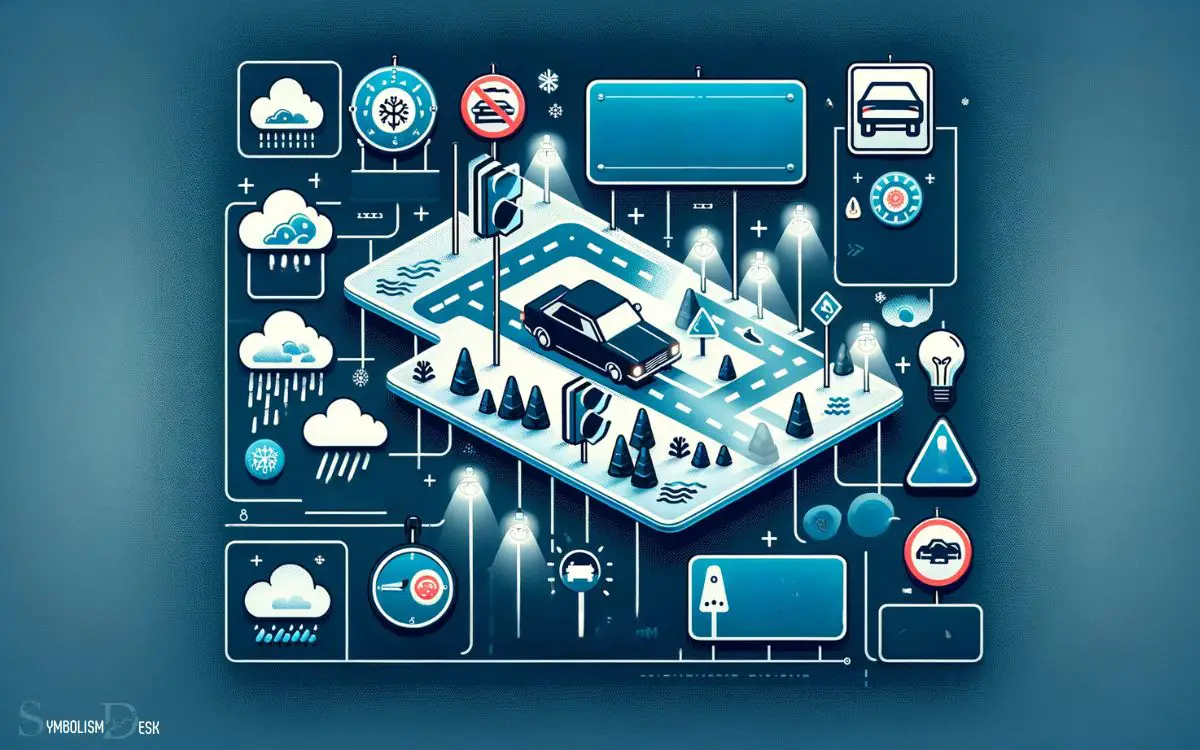
Fog light laws and regulations vary by state and country, governing when and how fog lights can be used on vehicles. In general, fog lights are intended for use in foggy conditions, but the specific regulations regarding their usage can differ significantly.
Some states and countries require drivers to only use fog lights when visibility is reduced to a certain extent, while others allow their use in various inclement weather conditions.
Additionally, there may be regulations regarding the color and intensity of fog lights, as well as rules about when they should be turned off to avoid blinding other drivers.
It’s essential for drivers to familiarize themselves with the fog light laws and regulations in their specific location to ensure compliance and safe usage of these lights.
Maintaining Fog Lights
When maintaining fog lights, drivers should regularly check for any signs of damage or wear. Proper maintenance ensures that fog lights function effectively when needed.

Here are some essential maintenance tips:
- Cleaning: Regularly clean the fog lights to remove dirt, grime, and other debris that can obstruct the light output.
- Alignment: Check the alignment of the fog lights to ensure they are correctly positioned for optimal visibility in foggy conditions.
- Bulb Replacement: Replace any fog light bulbs that have burnt out to maintain maximum brightness and visibility.
- Moisture Inspection: Periodically inspect the fog lights for any signs of moisture or condensation, as this can affect their performance.
Following these maintenance practices will help ensure that fog lights remain in top condition, providing the best possible visibility in hazardous driving conditions.
Conclusion
Fog lights are a crucial safety feature for driving in adverse weather conditions. It’s important to understand the fog light symbol and when to use them to enhance visibility on the road.
Remember to check your local laws and regulations regarding fog lights, and always ensure they are properly maintained for optimal performance.
So, next time you hit the road in foggy weather, don’t forget to activate your fog lights to stay safe and visible.

